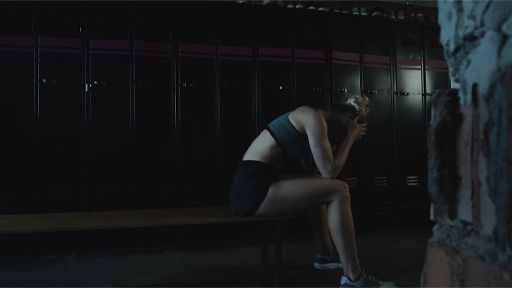Session 7: Low energy intake and missed periods: the risks
Introduction
When I was losing weight, I felt like a true athlete.
Relative energy deficiency in sport (RED-S) is a condition that occurs when more energy is being used by the body than being taken in over a prolonged period. If you do not have enough energy available for training it can also impact the maintenance of the body’s optimal health. Energy deficiency can lead to a disruption, or loss, of menstrual function and the loss of the important menstrual cycle hormone, oestrogen. This can also impact on bone health and RED-S is often not detected until athletes stop having periods or, worse still, start to experience bone fractures.
The terminology RED-S is a relatively new phenomenon in sports science, with the International Olympic Committee (IOC) introducing the term in a consensus paper in 2014. It was a new name to describe the condition previously known as the ‘Female Athlete Triad’ which linked low energy availability to menstrual cycle disturbances and poor bone health in female athletes. However, knowledge has developed to allow us to understand that relative energy deficiency affects many other aspects including metabolic rate, immunity, protein production, cardiovascular and psychological health. RED-S can affect anyone, not just females.
Athletes in sports that are associated with leanness, such as athletics, gymnastics and figure skating are seen to be more at risk of RED-S (De Souza et al., 2014). However, recreational athletes are more likely to experience RED-S than elite athletes as they undergo less health screening, have less support, and may not even be aware they are energy deficient.
In this session, by examining athletes’ own experiences, you will better understand what effect RED-S has on the body, what causes it, and the coach’s role in guarding against it.
By the end of this session, you should be able to:
- identify the impact of RED-S on body systems
- understand the factors that can cause RED-S
- become more aware of the signs and symptoms of RED-S.

